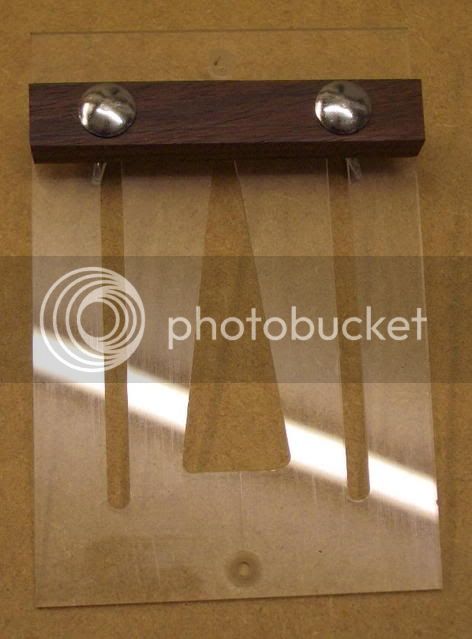graduate_owner
Established Member
Coming back to the making of try squares, could perspex or similar plastic material be used instead of wood? I would expect the stability problem to be solved, but what about durability?
I have some 1/4 inch thick pieces of transparent material, about 2ft x 1ft - it's fairly rigid as a sheet, not sure about hat a strip would be like though. I was thinking to cut some strips off these to make straight edges and squares, but I don't think planing them straight is likely to work (!!), just a table saw cut edge.
Does anyone have any experience of plastics used in this way, and what would be the best plastic to use?
BTW, as a not-very-competent DIY woodworker, I find myself somewhat in awe of a forum member who has spent nearly 50 years as a professional cabinet maker. That sort of experience is certainly something to be proud of.
K
I have some 1/4 inch thick pieces of transparent material, about 2ft x 1ft - it's fairly rigid as a sheet, not sure about hat a strip would be like though. I was thinking to cut some strips off these to make straight edges and squares, but I don't think planing them straight is likely to work (!!), just a table saw cut edge.
Does anyone have any experience of plastics used in this way, and what would be the best plastic to use?
BTW, as a not-very-competent DIY woodworker, I find myself somewhat in awe of a forum member who has spent nearly 50 years as a professional cabinet maker. That sort of experience is certainly something to be proud of.
K





